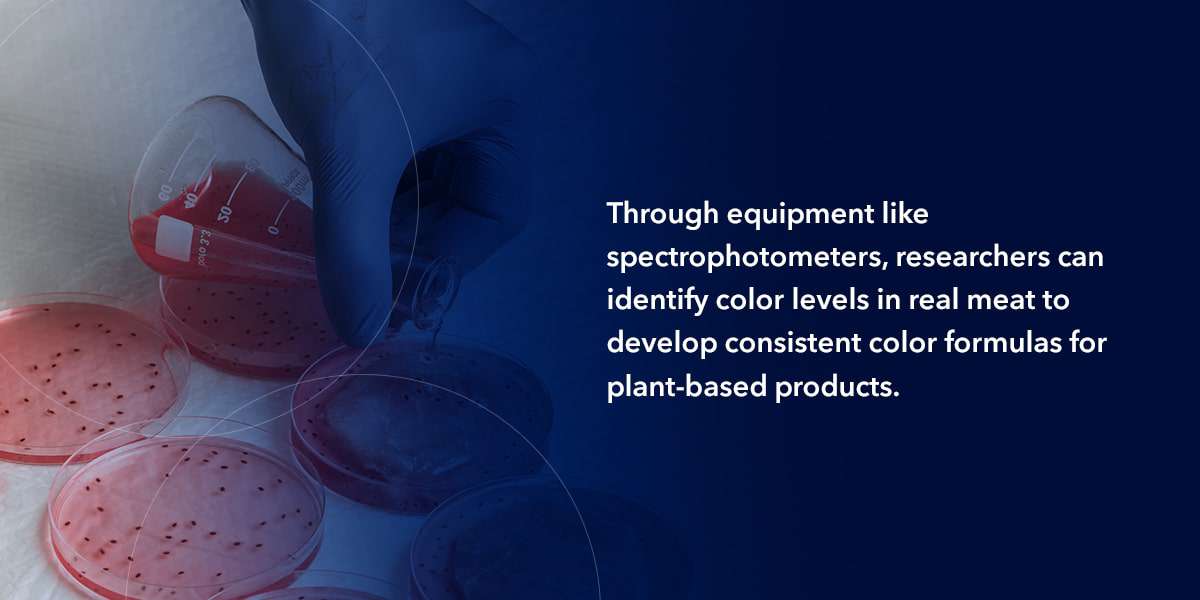
Various public surveys have revealed the general opinion of plant-based substitutes for meat. Consumers typically rank these products highly in environmental, health and animal welfare categories. Plant-based consumer demographics generally encompass those who prioritize personal health, animal rights and eco-friendly habits.
However, vegan meat products still rank low in the taste category. Consumers who prefer real meat products prioritize taste over other factors and find most brands lack the ability to recreate the signature taste of real meat. To improve public perception, manufacturers need to develop taste in their plant-based products — one way to do so is through color.



